IV Fluids at Home: Why is IV better than drinking fluid anyway?
IV Hydration Therapy - What is It?
Article Written By: Dr. Taylor J. Graber MD
Peer Reviewed By: Dr. Ilona Cataline Juan MD
Date Updated: August 3rd, 2022
IV Therapy Near Me in Phoenix, Scottsdale, San Diego, La Jolla, Encinitas, San Rramon, and Pleasanton. We come directly to you, in the comfort of your home for IV Vitamin therapy.
What is Hydration?
The medical field is famous for the acronyms it uses, which makes learning about it a trip through Google search and breaking down exactly what each one means. The field of IV hydration is no different.
Essentially, there are four different routes which a medication or fluid can be taken, PO, PR, IM, and IV, each coming from Latin backgrounds.
PO, or “per os” is a phrase from Latin meaning, “by opening” or “by the way of opening”. It is used as a shorthand to signify medications which are taken orally (through the mouth).
PR, or “per rectum”. The rectum has a very dense network of blood supply and blood drainage. This rich network allows doctors and nurses to administer a medication quickly, in a situation where IV access is unable to be obtained.
IM, or “intra-muscular”, meaning placed into a large muscle with a vascular (blood ) supply. The medication has to diffuse from the muscle to the blood supply, where it is eventually distributed to the body.
IV, or “Intra-vascular”, meaning placed directly into a vascular (blood) supply, such as a vein, which takes blood from back to the heart. This is the fastest and most direct way to get fluid and medication to the desired location.
Should I Get an IV to Hydrate?
Why would you choose to use one administration route over another? And is the same dose of a medication needed for each of the different routes? These are both valid questions.
In general, when patients are not in the hospital, it is easiest to give oral medications via the PO route. There are no needles, injections, or catheters involved, and it is generally easy to swallow a pill or tablet. However, when taking an oral medication, there are multiple locations the medication must pass before it it reaches its effect site in the body. Essentially, when taking a medication, vitamin, or supplement, it has to pass from the mouth to the esophagus, then to the stomach, where it comes into contact with digestive enzymes which break the substance down so it can be absorbed in the small and large intestines. Different substances have distinct properties that the enzymes interact with. The net effect of this is that each medication/vitamin/supplement is unique in terms of how much is digested and able to absorbed by the intestines. From there, the medication passes through the blood flow of the gut (the portal veins) and passes to the liver, where it is filtered (metabolized) before it is circulated into the blood stream,. Once it passes the liver, it reaches the heart and then pumps to the rest of the body, and eventually to the effect site. Different medications are metabolized (filtered) differently, and some have more metabolism than others. In general, if a medication has a large amount that is metabolized, then there is not as much left over when it enters the blood stream. This is called the first-pass effect, and there is less that is available for effect (lower bioavailability).
Are Vitamins and Medications Better Through an IV?
When a medication is given through the IM (intra-muscular) route or the IV (intra-vascular) route, it enters the blood stream without going through the stomach, intestines, and liver. There is no first-pass effect, and all of the medication given is able to go to the desired target. The bioavaiabiltiy is 100% for the IV route. Because all of the medication is circulated before it is metabolized, there is less total medication needed. This is why PO medications usually have higher doses than IM which have higher doses than IV.
By giving a medication IM, the medication must diffuse through the muscle before it enters the blood stream, and in general there is a slightly larger dose required and it does not have its effect as quickly as the IV route. The IV route is the most predictable and fast-acting method of medication/vitamin/supplement administration.
How Can I Schedule an ASAP IV?
At ASAP IVs, we know that a late night out can have you feeling hungover, with dehydration, nausea, and vomiting. By scheduling an appointment with us, and having us provide a supplementation with medications and essential vitamins and electrolytes through an IV, we are able to use the natural physiology of your body to get an immediate impact and get you feeling better.
Book now! Schedule your IV appointment in the comfort of your own home. We are the premier IV Fluid provider in San Diego, Phoenix, Scottsdale, and the East Bay Area, helping you stay fit, active, and HEALTHY! Our IV Hangover treatments will help you and your group, bachelor or bachelorrette party, or company get back on your feet and fully productive once more!

